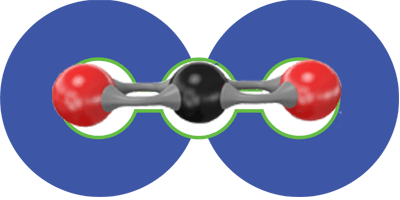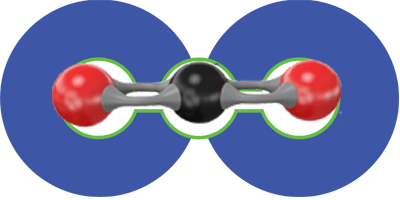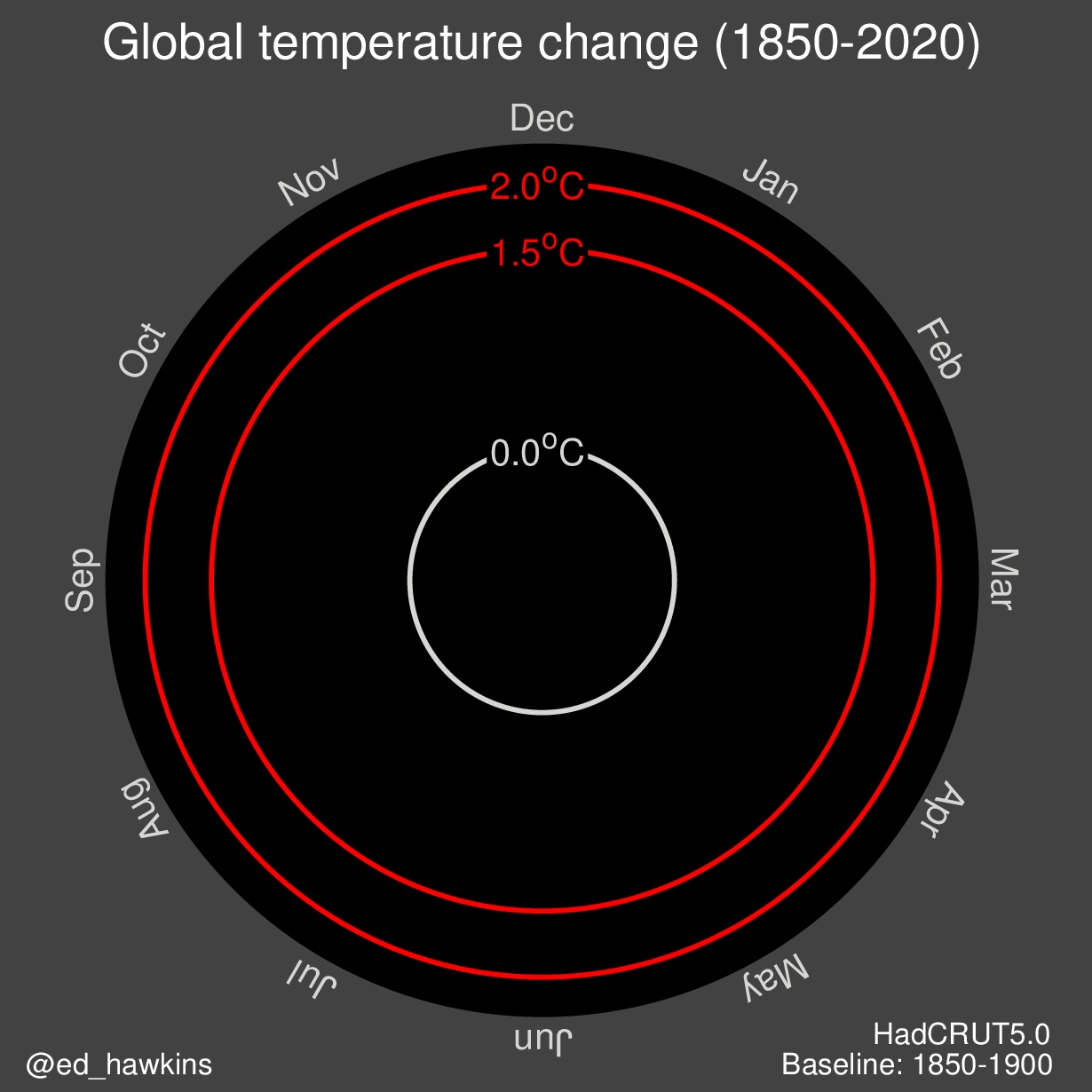Why this mechanism?
The French average for 2022 emissions is 9 tonnes of CO2 equivalent with differences explained on the Resources page below, rather 6t for low-income households, rather 15t for higher socio-professional categories CSP .

Cutting our greenhouse gas emissions?
The calculation of the average at 9t in 2022 is simple: France emits 410 million t of CO2 equivalent and imports goods and services which are responsible for 300 million t when it exports 100. The total of 610 divided by 67 million French people gives us 9.1t.
Carbon content databases of theADEME already provide all this information. The implementation of the carbon account allows companies to refine this data.

Who to manage this cap with?

About social justice
Need simple rules:
1-
Each French person is given 9,000 carbon points (half share for those under 16) (1 point = 1 kg CO2 eq.)
2-
All retailers label their products and charge carbon points on payment cards. (in the 1st year, this is approximated according to Ademe values, then refined by invoices)
3-
All companies and organizations have a carbon register where outputs must equal inputs at the end of the financial year, this is what allows products and services to be labeled (at the beginning, before balancing, the trader relies on the value defined by ADEME). Organizations that do not sell anything and cannot receive carbon points from their customers must reduce their carbon footprint by 6% each year.
4- Individual accounts are maintained by a National Carbon Agency that is jointly managed by representatives of citizens, traders, administrations, unions and climate NGOs. It benefits from robust IT that guarantees the confidentiality of all exchanges.
5- For each purchase that exceeds the annual capacity (low-carbon car, insulation work, low-carbon housing), a carbon debt spreading account is set up. An annual allocation of spreading of more than 30% of the annual quota cannot be exceeded.
6- Every sober citizen can make ends meet by selling his surplus to the regional adjuster, which can be bought back (in a limited way) by the richest at a price that fluctuates with supply.
7- Each year the quota of each French person is renewed at a value of 94% of the previous year (the reduction of 6% each year being equivalent to the reduction of 80% in 30 years required according to the scientific consensus). Thus everyone is reassured to be in the climate action to avoid the catastrophe. The renewal would be on each anniversary to regulate the flows.
8- The carbon register of companies is monitored by accountants and controlled by auditors and the Carbon Agency. Exported goods are covered in carbon points by the Agency, they must be decarbonized at a rate of 6% per year. Imported goods must be documented in carbon content by exporters, otherwise the Agency applies values extracted from the European customs nomenclature according to the weights of materials and types of energy used. Imported carbon contents are shown as negative in the importer's carbon register.
9- Protection: all vital needs are covered without purchasing excess. A scale of over-quotas is established for critical family situations in terms of carbon. The carbon of home-work journeys is shared 50/50 with the employer.















